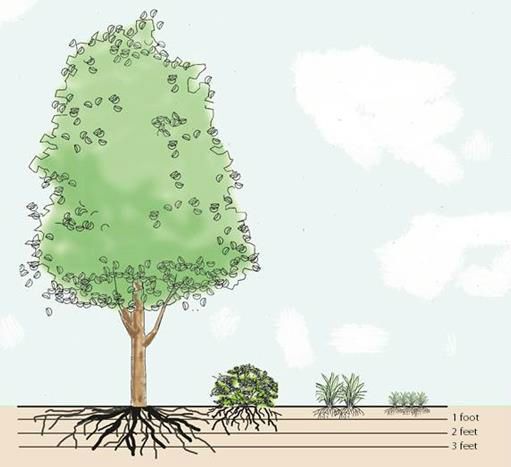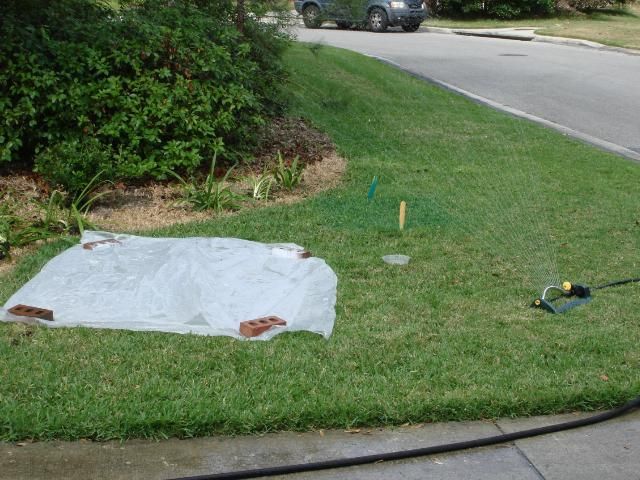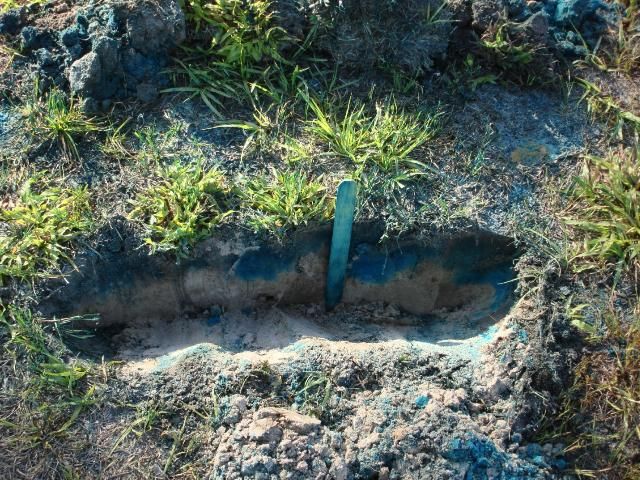This publication is part of a series developed to assist Florida homeowners with managing their landscapes to reduce environmental impacts. This is a joint publication of multiple departments and programs in UF/IFAS, including the Florida-Friendly Landscaping™ program, the Department of Soil, Water, and Ecosystem Sciences, the Environmental Horticulture Department, and the Center for Landscape Conservation and Ecology. This fact sheet was produced with support from the Florida Turfgrass Association through a Florida Department of Agriculture and Consumer Services Specialty Crops Block Grant.
For the rest of this series, visit https://edis.ifas.ufl.edu/topic_series_environmental_landscape_management.
Introduction
Proper irrigation management is critical to proper nutrient management in the home landscape. How lawns and landscapes are fertilized and irrigated can directly impact the natural environment through nutrient runoff and leaching. Landscape maintenance professionals and homeowners should adopt environmentally-friendly approaches to irrigation and nutrient management. After selecting the right plant for the right place in the landscape, water is the next critical factor in maintaining a healthy landscape. If plants receive too much irrigation, water and nutrients pass below the root system and are unavailable to the plant. These practices of over-irrigating and fertilizing can lead to leaching soluble nutrients into groundwater.
This publication discusses the "blue dye" test, which is one way that Extension professionals can show homeowners how water and nutrients move through the soil following irrigation. The information should be useful for county agents to demonstrate basic irrigation and nitrogen management practices and their effects on nitrate-nitrogen (N) leaching.

Credit: Claire Lewis
Blue Dye Test
Extension professionals are often looking for new tools to teach nutrient and water management principles to homeowners. One new tool is a water-soluble marking dye that can demonstrate how water and nitrogen fertilizer move through the soil profile following irrigation. This blue-dye test has been used to demonstrate irrigation management in field-grown vegetables (Simonne et al. 2024). The same approach can be used in home landscapes to demonstrate water and nitrogen movement in the soil beneath lawns and landscapes.
Method
Careful planning is required for a successful dye demonstration. The following table summarizes the main components of setting up and completing the demonstration in a turfgrass landscape area.
Education Program
If you plan an education program to accompany a blue dye test, you should do the following:
- Discuss the importance of irrigation and nitrogen fertilizer in the landscape.
- Present the UF/IFAS recommendations for irrigation and nitrogen management using the Florida-Friendly Landscaping™ principles (http://fyn.ifas.ufl.edu/homeowners/nine_principles.htm).
- Discuss the role of soil type in water management (for example, water easily moves in sandy soils).
- Discuss the concept of the root zone and how irrigation is managed to keep the water and nutrients in the root zone.
Key Points and Questions
- Are there any differences in the depth of the dye relating to the amount of irrigation applied?
- Can you see the root system and the depth of the root system relative to the dye movement?
- Explain the potential environmental challenges presented when the dye moves below the root system.
- Describe the soil texture at the site and how texture relates to water movement. Use the EDIS publication SL266, Soils and Fertilizers for Master Gardeners: The Florida Gardener's Guide to Landscape Fertilizers at https://edis.ifas.ufl.edu/publication/MG448 to discuss soil texture (Shober and Reisenger, 2024).
An Example Dye Demonstration
The following photos illustrate the main steps in conducting a dye test (Figure 2–Figure 5). These photos are from a dye demonstration conducted in Gainesville, Florida.

Credit: George Hochmuth

Credit: George Hochmuth

Credit: George Hochmuth, UF/IFAS

Credit: George Hochmuth
Summary
When water moves through the soil, nitrogen and other nutrients move with it. The sandy soils of Florida are especially prone to nitrate-N leaching. Extension agents can teach this concept using a blue dye demonstration. During the dye demonstration, you can apply varying amounts of irrigation to show how excessive irrigation causes the water and dye to move below the root zone. This test illustrates how water and nitrogen move in the soil. Excessive irrigation leads to fertilizer loss, resulting in economic loss and leaching that pollutes water bodies.
References
Shober, A., and A. Reisenger. 2024. Soils and Fertilizers for Master Gardeners: The Florida Gardener's Guide to Landscape Fertilizers. SL266, Gainesville: University of Florida Institute of Food and Agricultural Sciences. https://edis.ifas.ufl.edu/publication/MG448
Simonne, E. H., D. W. Studstill, M. D. Dukes, J. Duval, R. C. Hochmuth, G. McAvoy, T. Olczyk, S. M. Olson. E. Lamb, and G. Liu. 2024. How to Conduct an On-Farm Dye Test to Improve Drip Irrigation Management in Vegetable Production. HS980. Gainesville: University of Florida Institute of Food and Agricultural Sciences. https://edis.ifas.ufl.edu/hs222